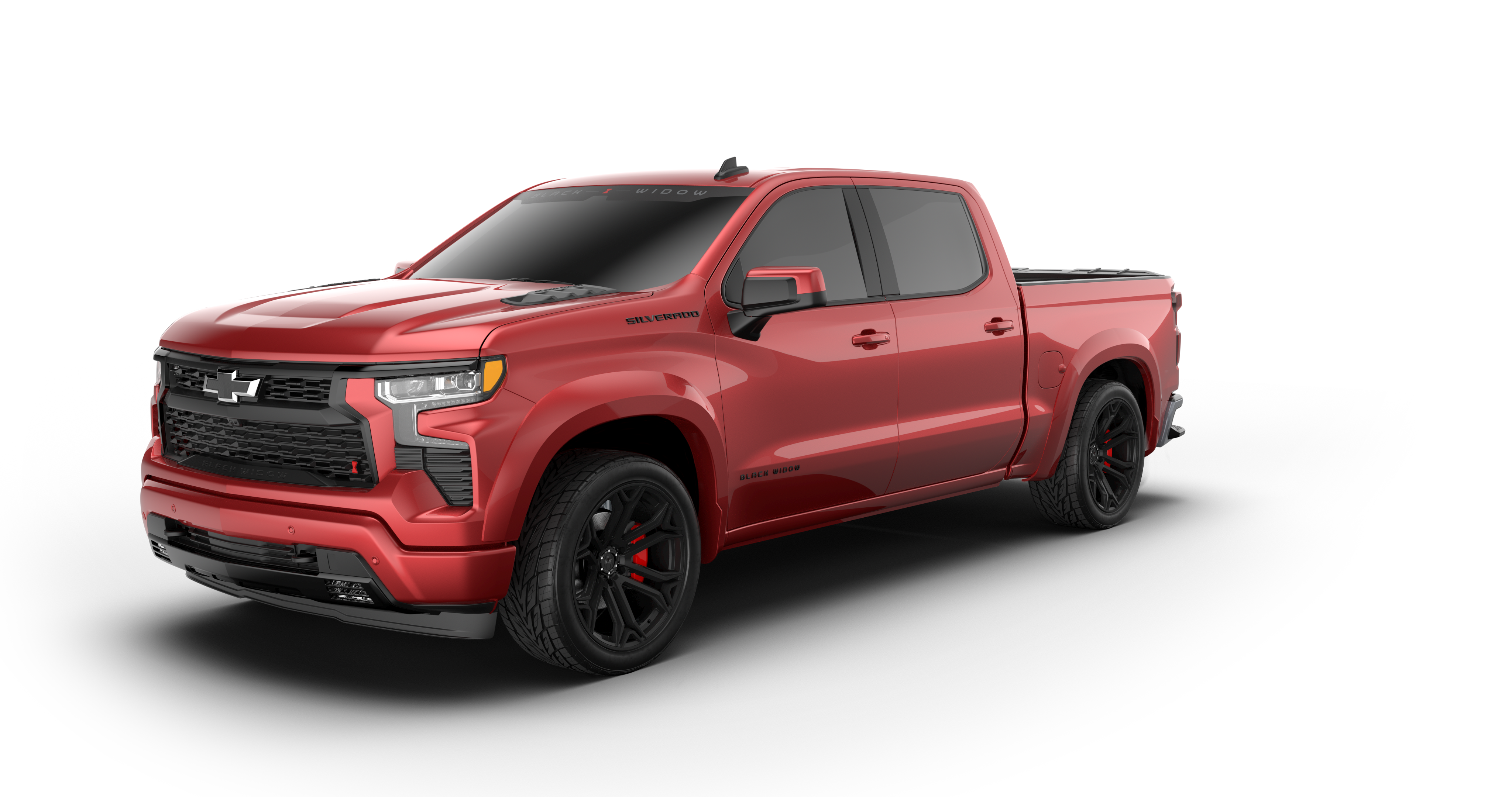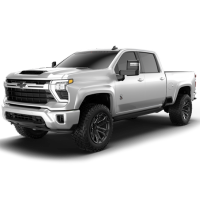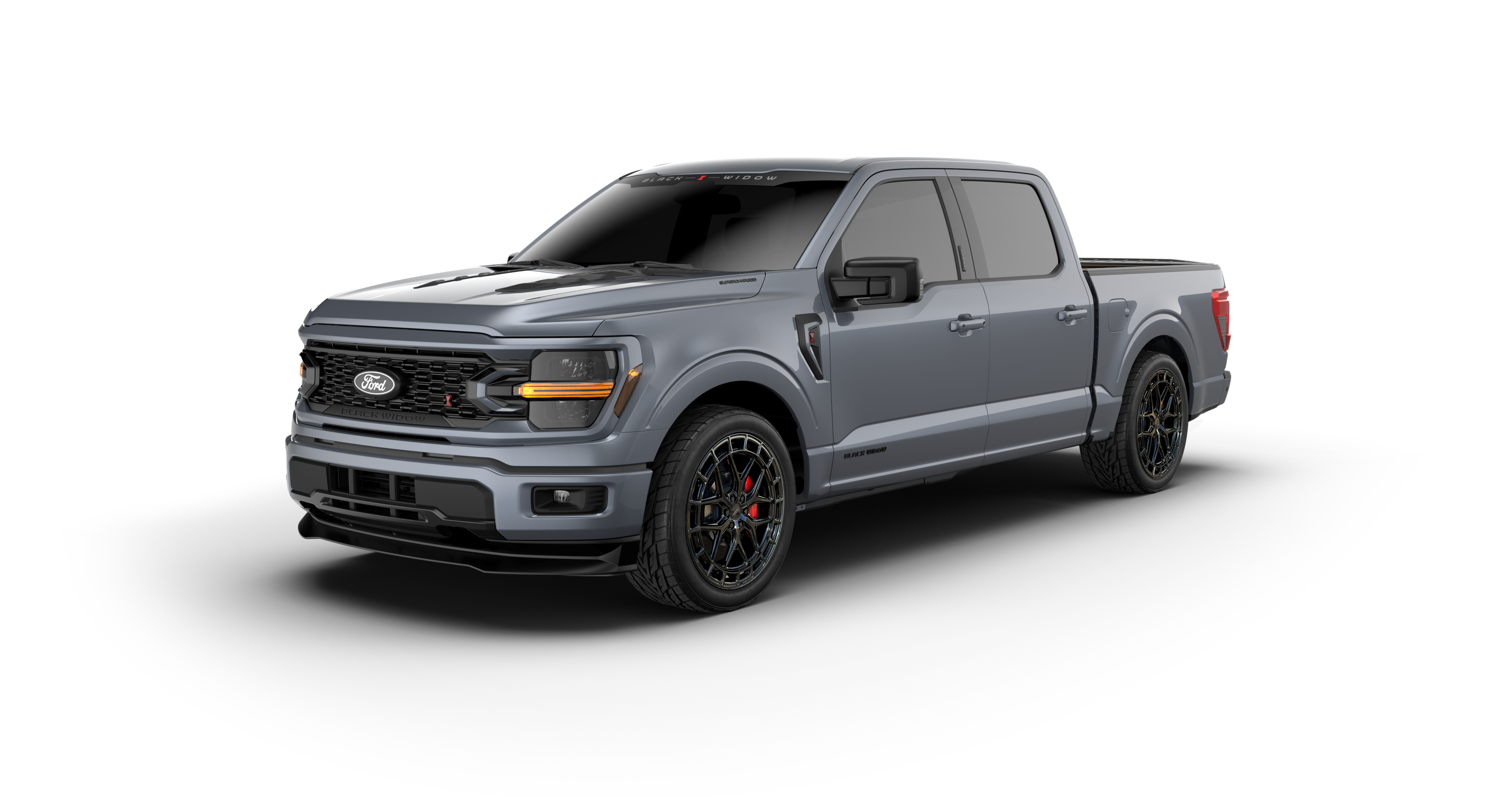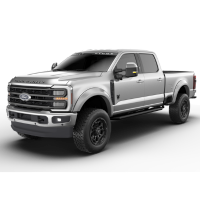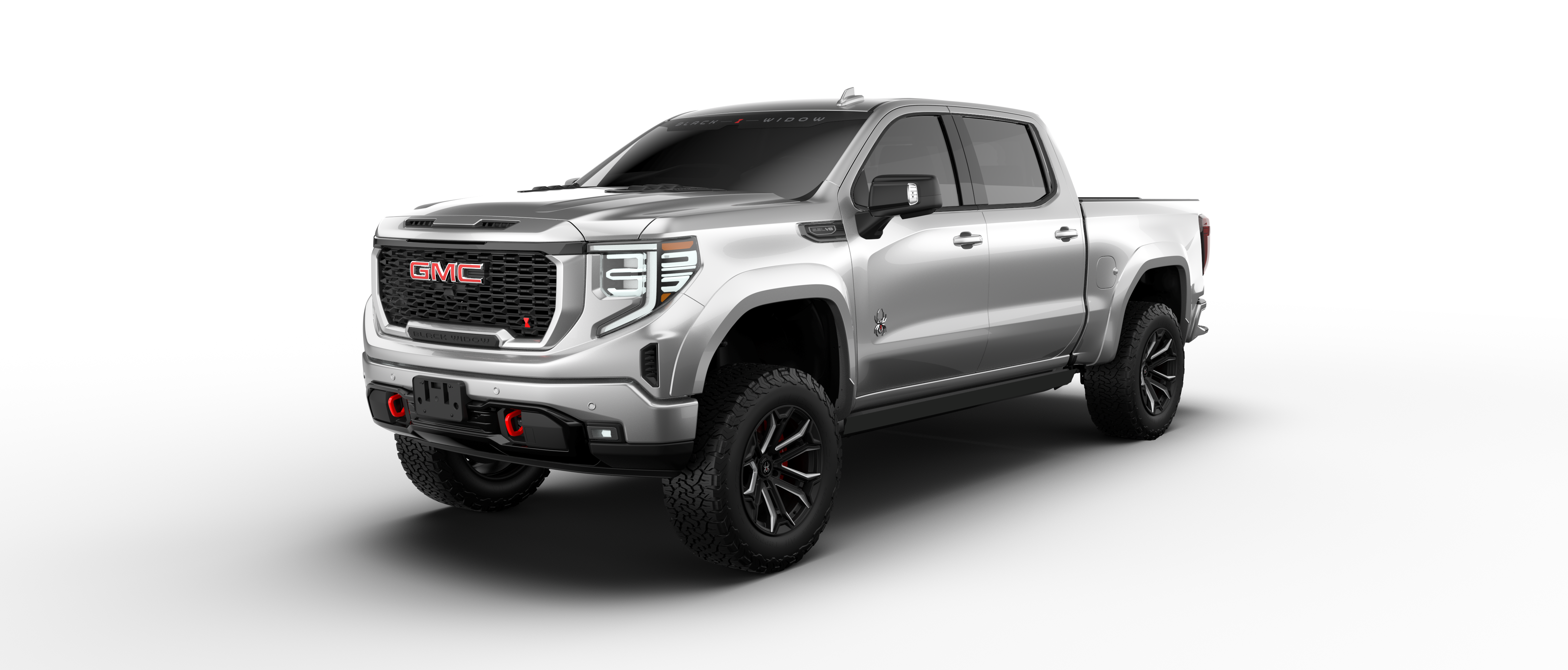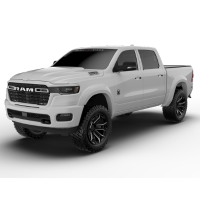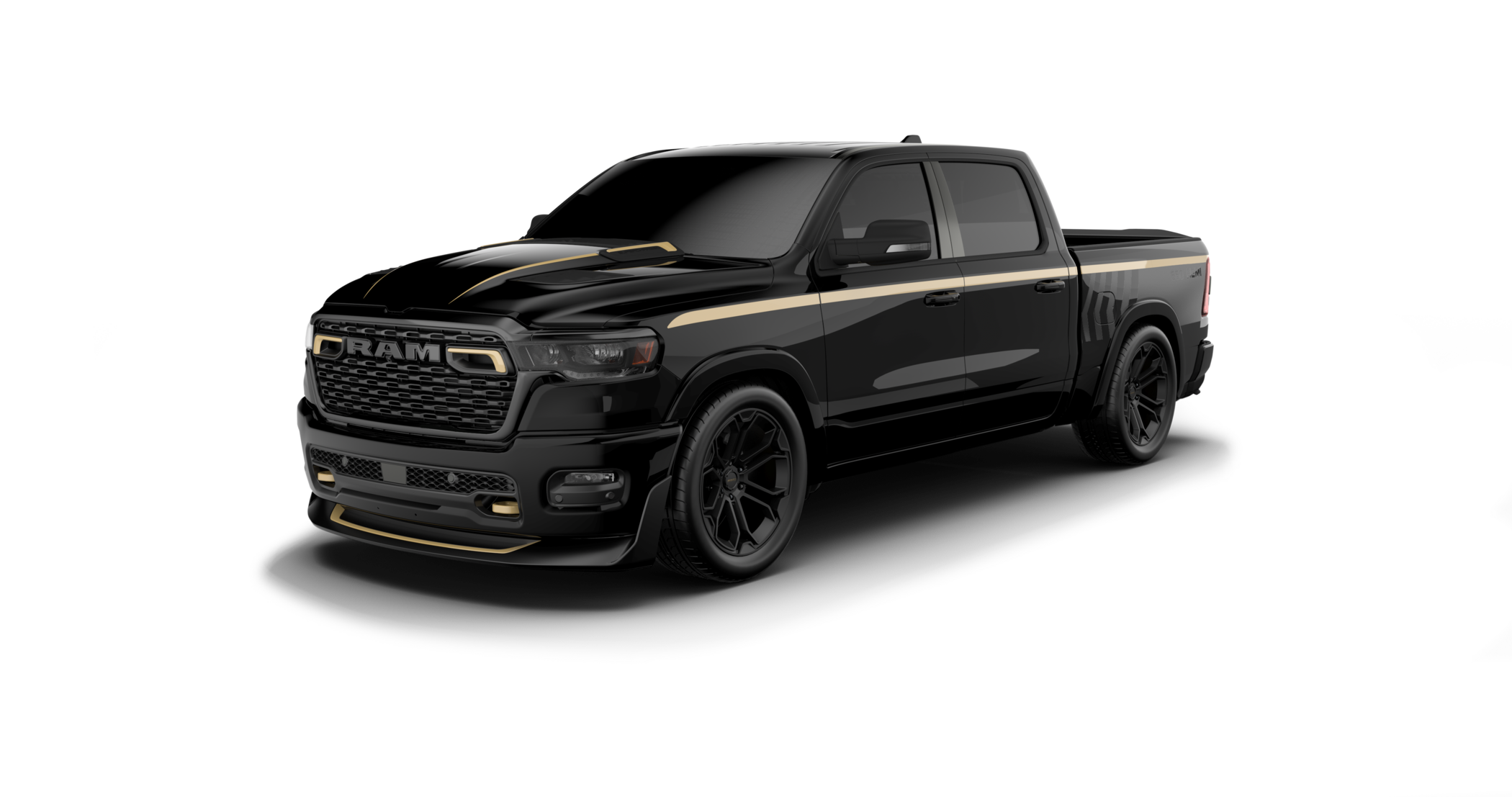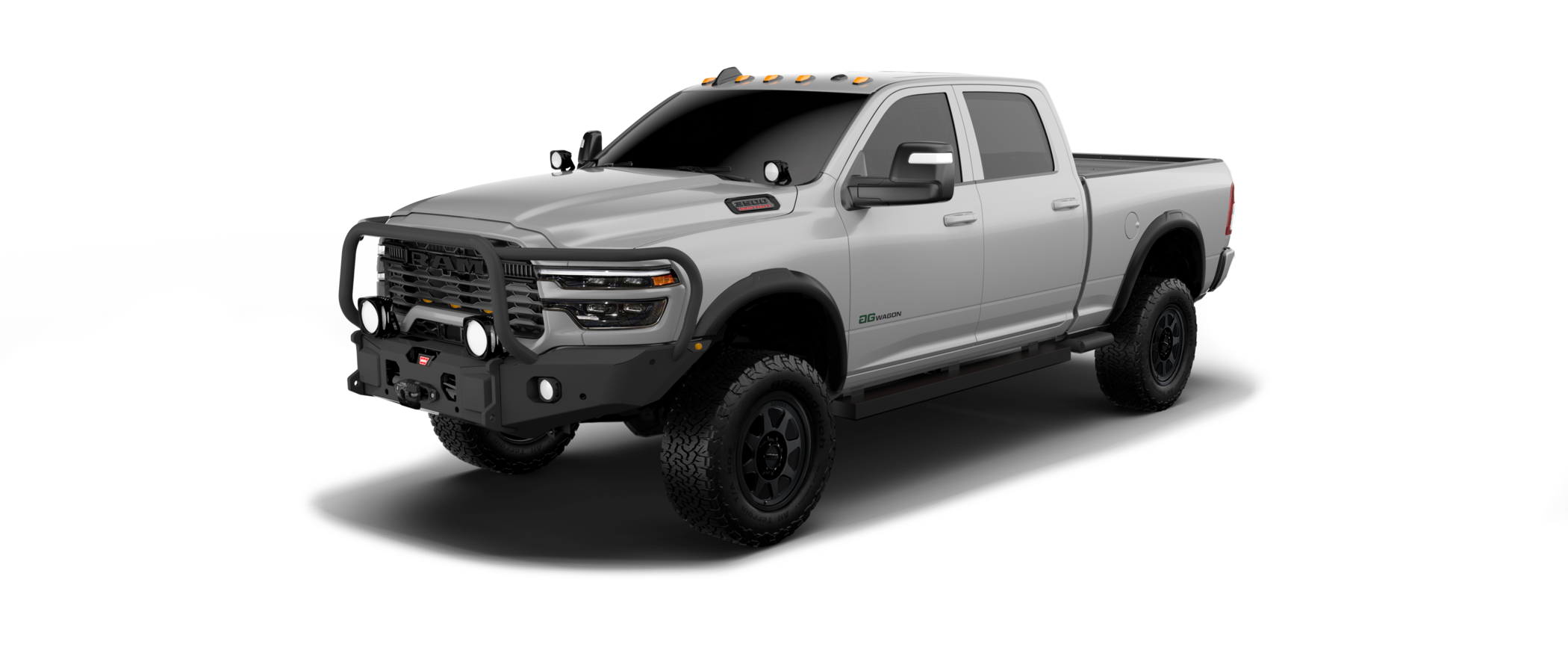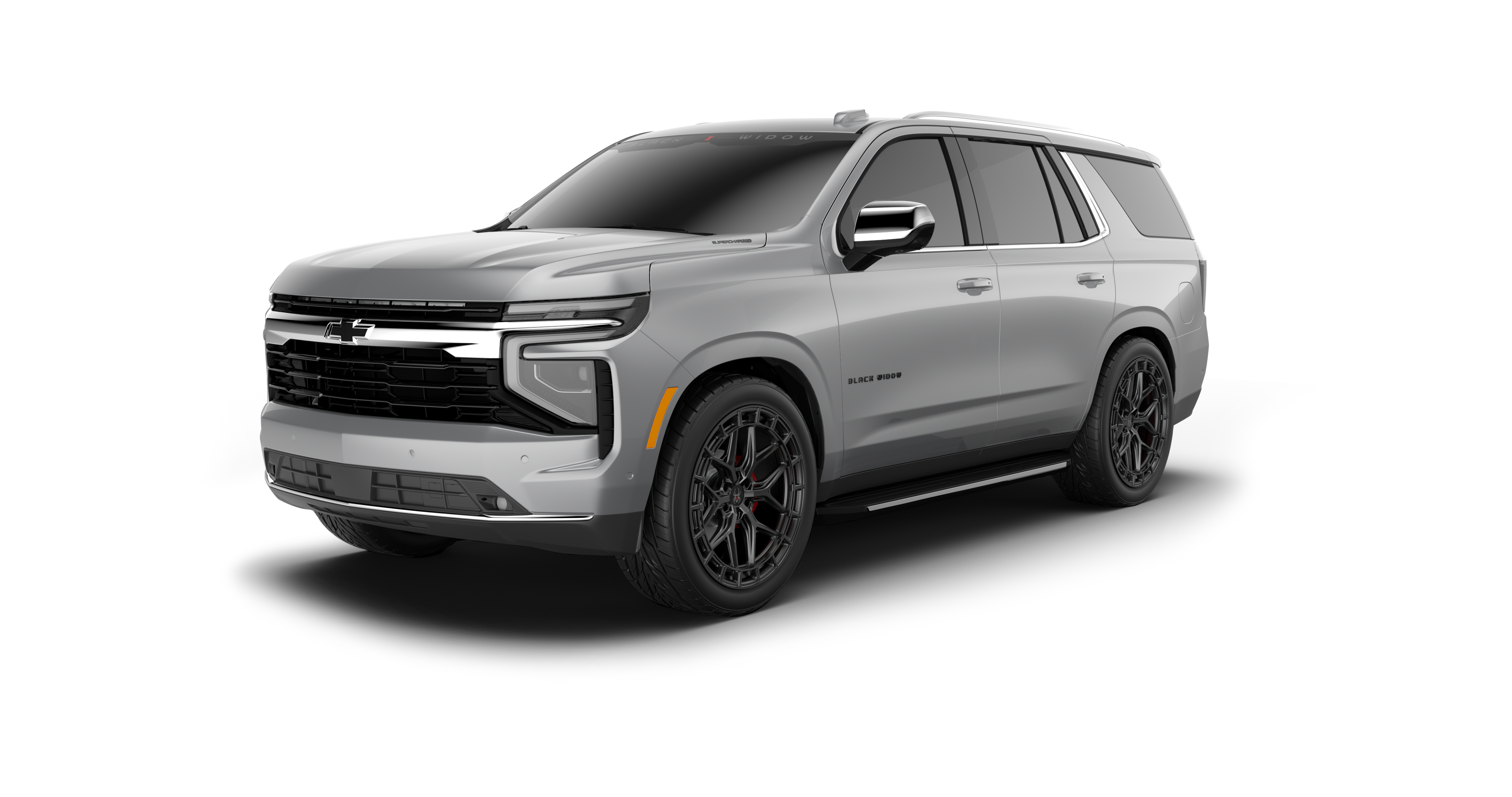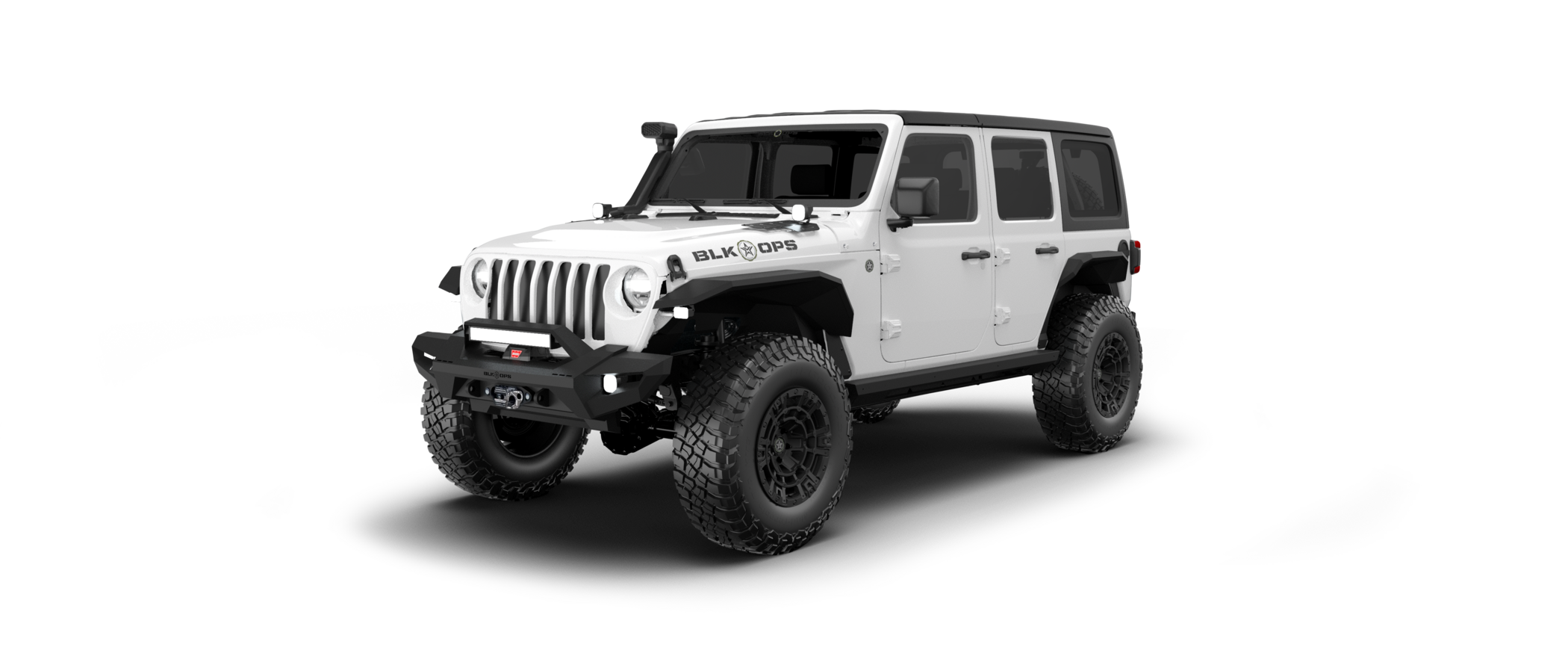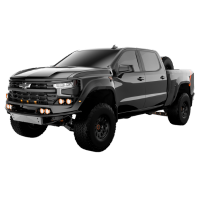When it comes to off-road performance, precision is everything. But one misused word could have your buddies looking at you like, are you sure that’s right? Well today, we’re clearing up the commonly confused words “damping” and “dampening” in the off-road community and why it matters. Misunderstanding these words can greatly impact how you approach suspension upgrades or explain them to others.
What is Damping?
“Damping” is the controlled absorption of energy in a suspension system, limiting the oscillation of your vehicle after bumps or terrain variations. In simpler terms, damping is how quickly or slowly the spring is allowed to compress on your vehicle. Damping ensures that your truck stays in control and handles smoothly on surfaces such as off-road terrain. Without damping, every bump would send your truck bouncing like a small boat in rough water. Not only does that make for an uncomfortable ride but also puts unnecessary stress on various components of the vehicle.
When it comes to coilovers, damping is adjustable and allows for the flow of the oil inside the shock to bypass the piston quicker or slower. This allows for fine-tuning of your suspension depending on your driving style and needs.


What is Dampening?
Putting it simply, Dampening is defined as “the process of making something wet or moist.” Unless you’re talking about muddy trails or a rain-soaked event (or maybe even some celebratory champagne), dampening has no real place when talking about suspension systems.

On the other hand, damping is a specific term used in the context of suspension systems like the ones sold by FOX. There are even different types of damping mechanisms used in suspension systems, such as hydraulic dampers, gas-charged monotube shocks, and coilover shocks. Each type has its own unique way of controlling and absorbing vibrations.
Why the Difference Matters
If you’re upgrading your truck with a lift kit or performance shocks, knowing the difference between damping and dampening can help you understand exactly what you need, whether it’s better rebound control or tougher compression settings. The correct damping setting can make all the difference in how smooth your ride is and prevent future damage.
Damping is typically achieved through the use of shock absorbers, which use hydraulic fluid or gas to absorb the energy from a bump or impact. By absorbing this energy, the shock absorber greatly reduces the amount of force transmitted to the vehicle’s chassis.

How to Optimize Damping for Off-Road
When it comes to off-roading, having the right suspension set up is crucial for a safe and enjoyable experience. Whether you’re trail riding or rock crawling, being able to adjust your suspension damping can greatly improve your performance on uneven terrain.
For off-road trails in general, stiffer suspension allows for greater control on uneven dirt trails or rough conditions. However, having too much compression damping limits your traction in muddy and sandy conditions. Finding that balance between stiff and soft damping is critical in getting your truck to respond the way you need it to.
Dampening Just Makes Things Wet
The next time you’re talking to someone about damping, we hope you’ll remember that damping keeps your suspension in check, while dampening just makes things wet. Understanding the difference ensures you’ll have less raised eyebrows and a better understanding of your off-road rig.
At the end of the day, leave the dampening for the puddles.
Want your ride to handle like it should? Or better yet, do you want a rig that’s already set up for adventure? Check out our full line of upfitted trucks and configure yours today!
Shop Suspension Upgrades at BDS-Suspension:
www.bds-suspension.com


